Fed raised federal funds rate to 2.00-2.25%, on unanimous vote. Full statement below.
Federal Reserve issues FOMC statement
Information received since the Federal Open Market Committee met in August indicates that the labor market has continued to strengthen and that economic activity has been rising at a strong rate. Job gains have been strong, on average, in recent months, and the unemployment rate has stayed low. Household spending and business fixed investment have grown strongly. On a 12-month basis, both overall inflation and inflation for items other than food and energy remain near 2 percent. Indicators of longer-term inflation expectations are little changed, on balance.
Consistent with its statutory mandate, the Committee seeks to foster maximum employment and price stability. The Committee expects that further gradual increases in the target range for the federal funds rate will be consistent with sustained expansion of economic activity, strong labor market conditions, and inflation near the Committee’s symmetric 2 percent objective over the medium term. Risks to the economic outlook appear roughly balanced.
In view of realized and expected labor market conditions and inflation, the Committee decided to raise the target range for the federal funds rate to 2 to 2-1/4 percent.
In determining the timing and size of future adjustments to the target range for the federal funds rate, the Committee will assess realized and expected economic conditions relative to its maximum employment objective and its symmetric 2 percent inflation objective. This assessment will take into account a wide range of information, including measures of labor market conditions, indicators of inflation pressures and inflation expectations, and readings on financial and international developments.
Voting for the FOMC monetary policy action were: Jerome H. Powell, Chairman; John C. Williams, Vice Chairman; Thomas I. Barkin; Raphael W. Bostic; Lael Brainard; Richard H. Clarida; Esther L. George; Loretta J. Mester; and Randal K. Quarles.




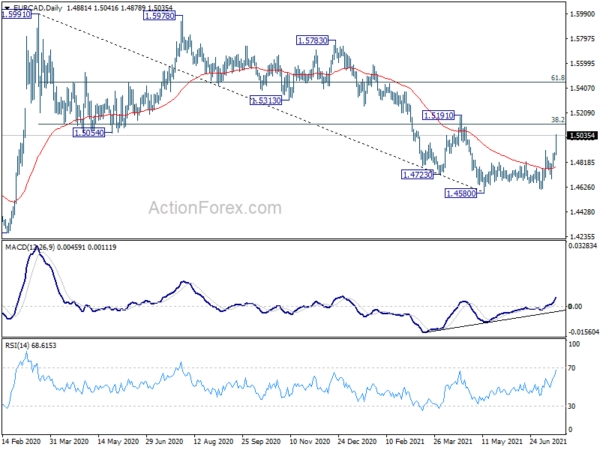

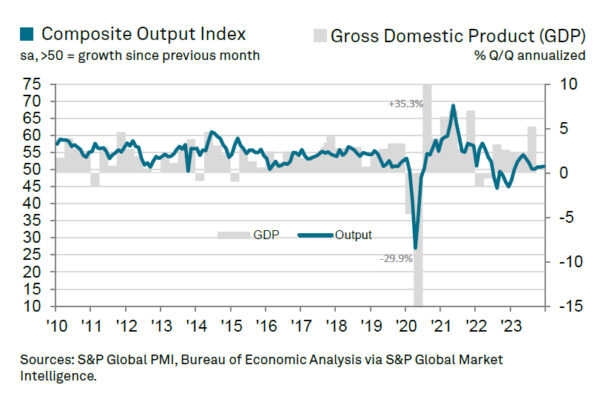
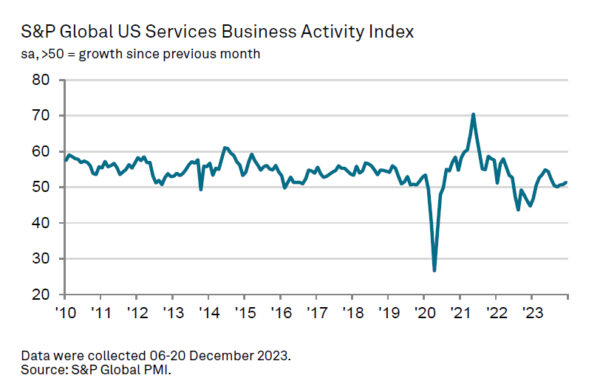
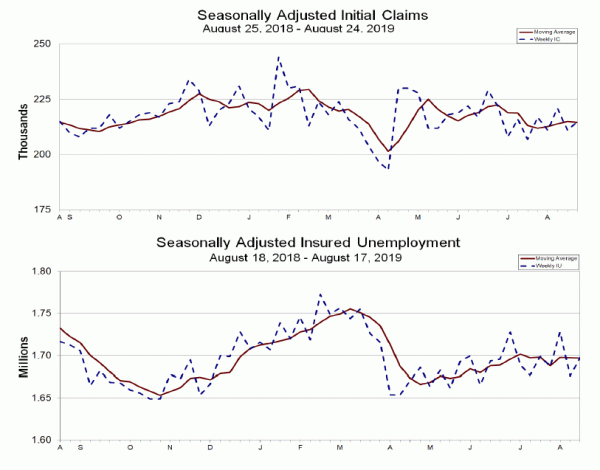
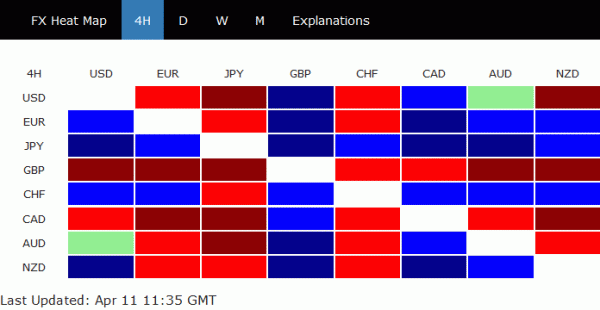
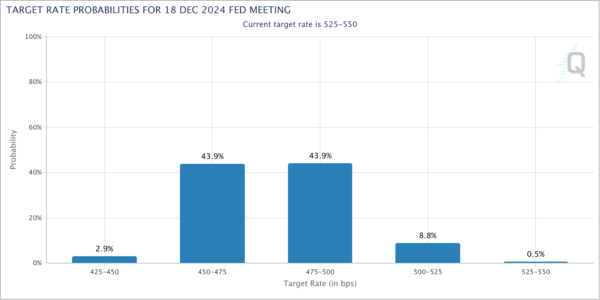
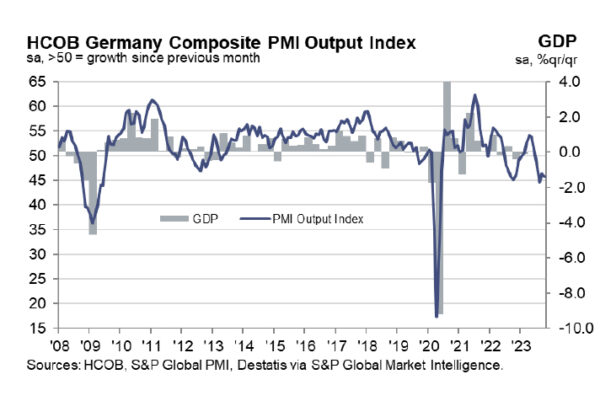
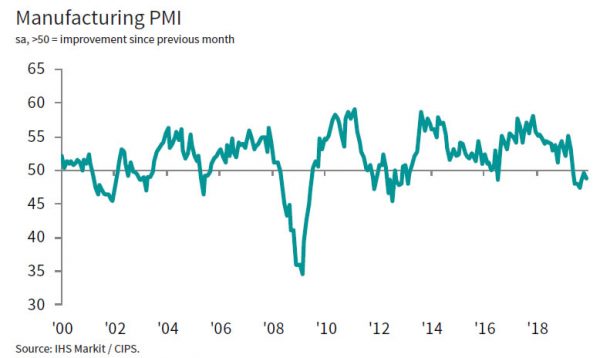
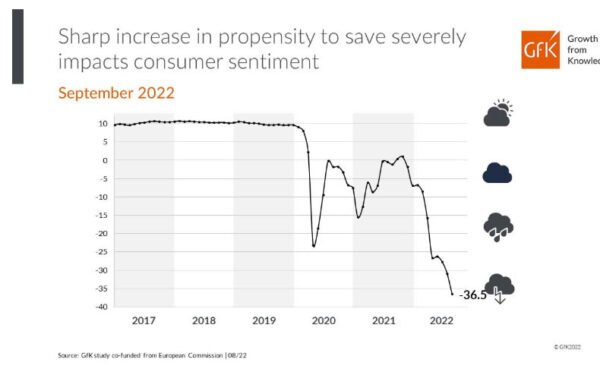

ECB Accounts: Support from sustained pace of net PEPP purchases deemed essential
In the accounts of ECB’s September 8-9 meeting, Governing Council members concurred with the assessment that “an accommodative monetary policy stance remained”. Also, “policy support from a sustained pace of net purchases under the PEPP, along with the other instruments and the recalibrated forward guidance, was deemed essential”.
Financing conditions had “had remained favourable or had loosened further” since June, and was “visible across a broad spectrum of indicators”. Inflation outlook had a “significant improvement over the course of the year”. However, the near-term increase in inflation was “largely driven by temporary factors that would fade in the medium term and not call for policy tightening.”
Regarding the reduction in PEPP purchase pace in Q4, on the one hand, it was argued that “a symmetric application of the PEPP framework would call for a more substantial reduction in the pace of purchases”. On the other hand, “reference was made to the recent repricing in nominal bond yields, which called for a prudent reduction in the pace of purchases”.
Also, it’s noted that “markets were already expecting an end to net asset purchases under the PEPP by March 2022”, but such expectation was “not showing a significant impact on financing conditions”.
Overall, all members agreed to “moderately scale down the pace of purchases under the PEPP”.
Full accounts here.